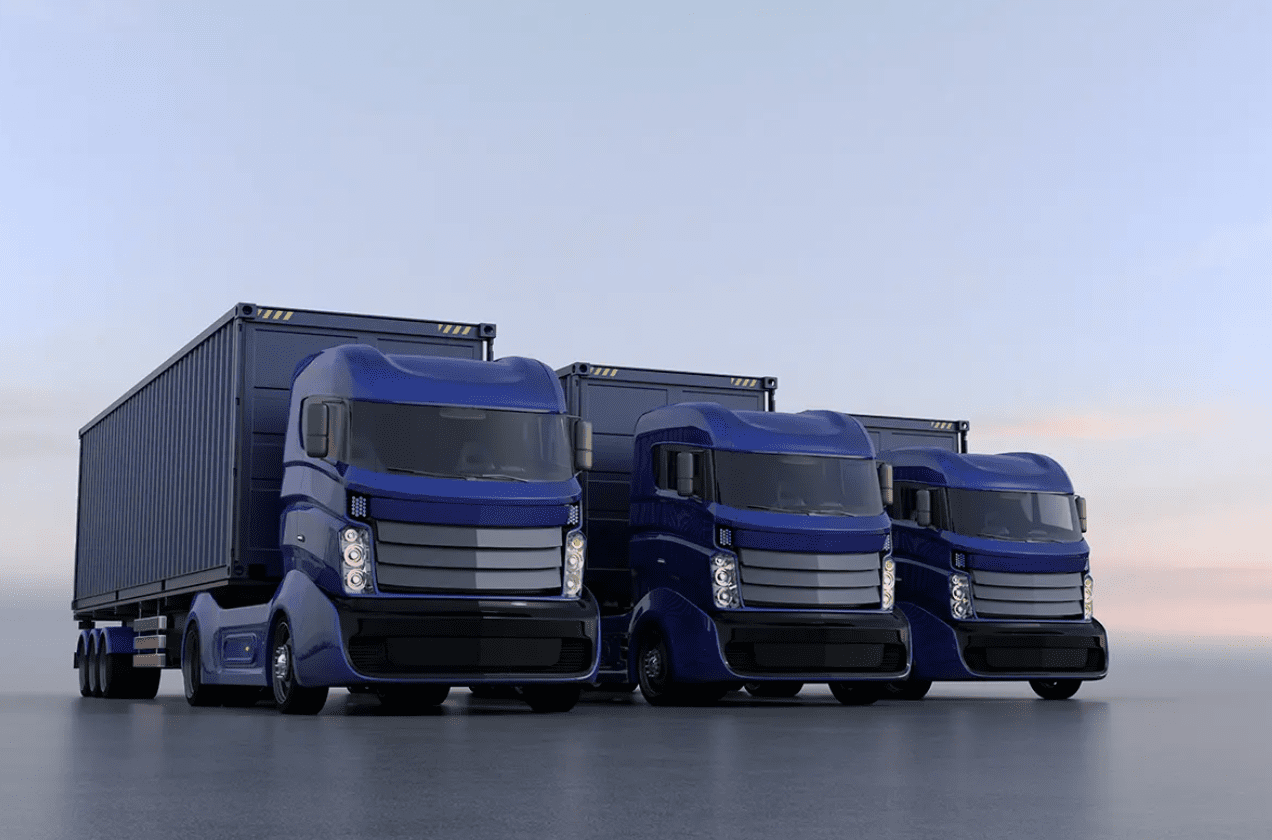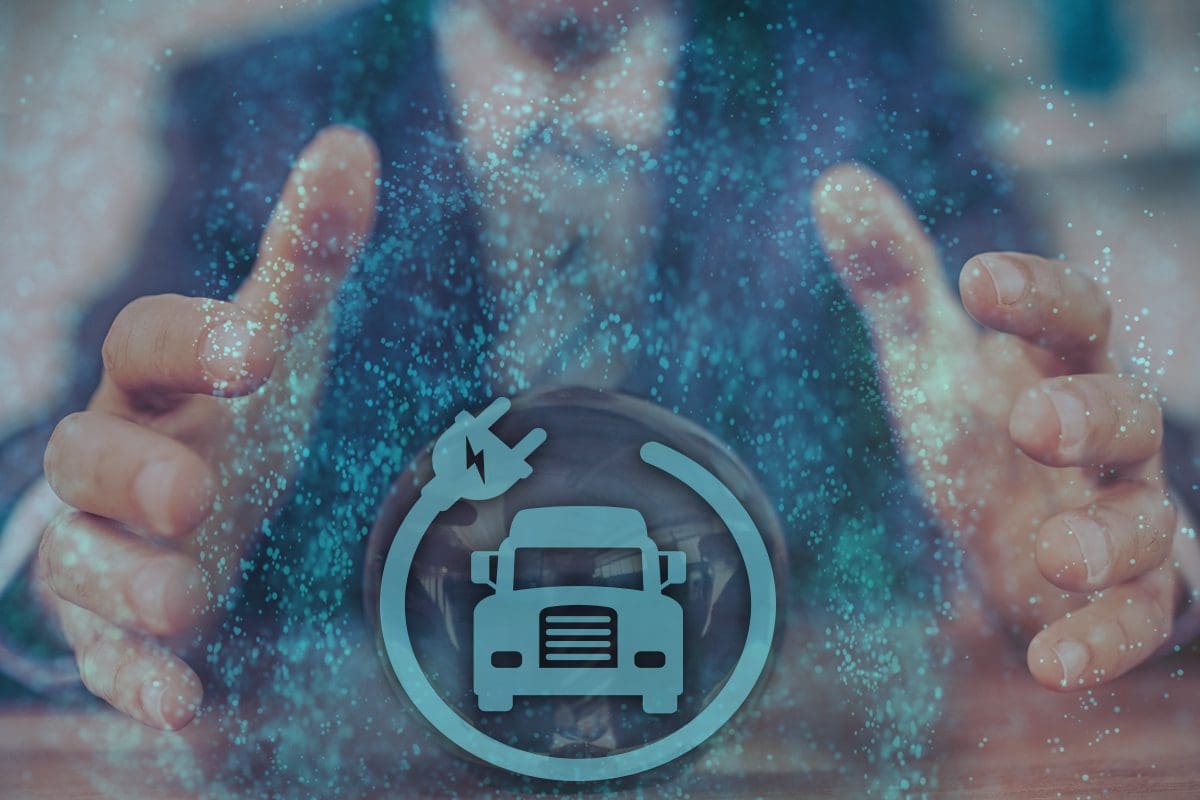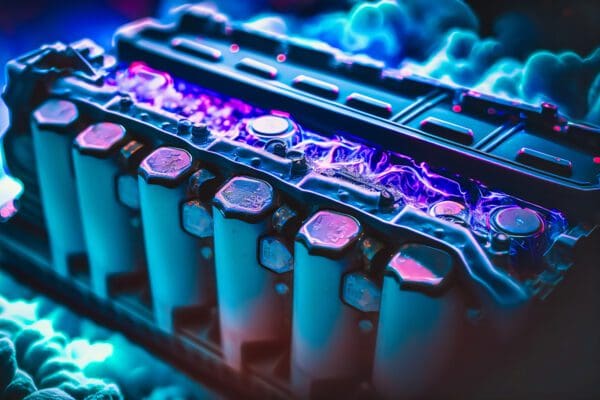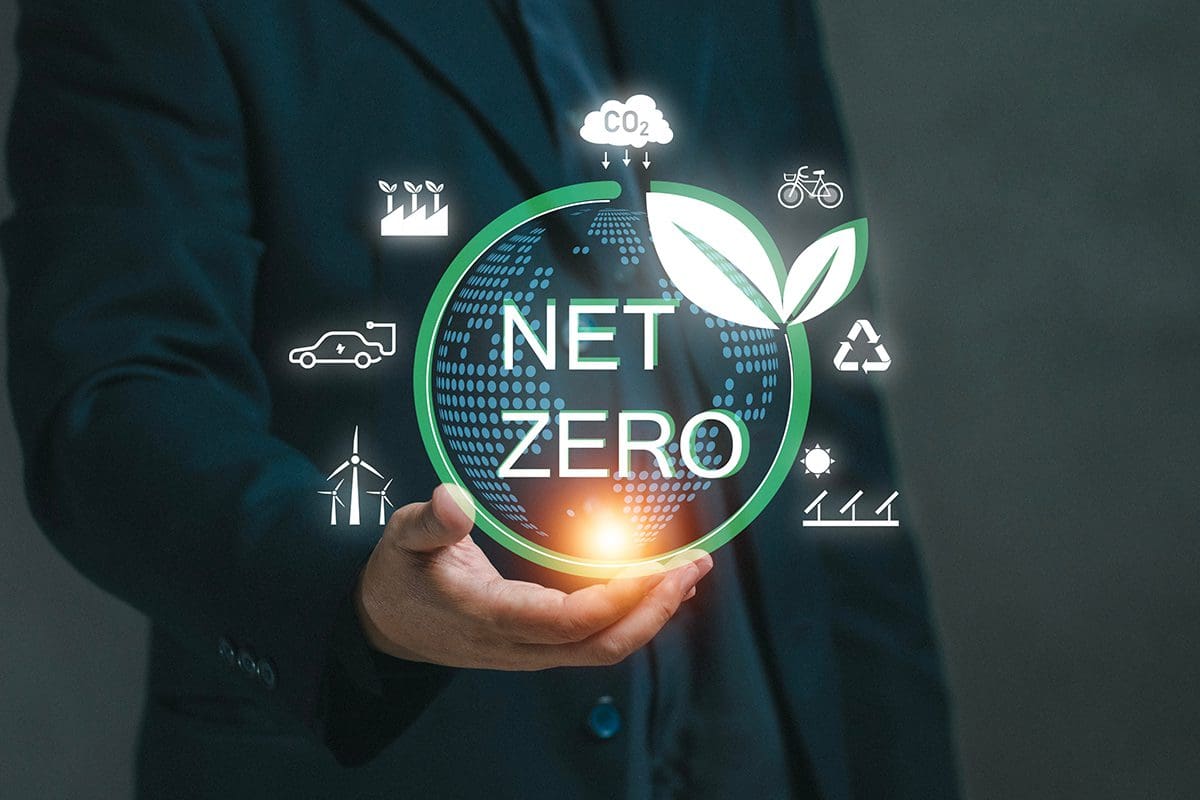
- GNA Insight
The Rapidly Evolving Global Movement Towards Transportation Decarbonization
February 9, 2022
Source: ACT News
Our zero-emission transportation future is imminent, owed to the convergence of corporate sustainability efforts, governmental regulations and mandates, and billions of dollars being poured into innovative technology development. Particularly compelling is the rapid increase of electrified transportation equipment in the medium- and heavy-duty freight and transit sectors, both domestically and overseas. The European market offers insight into how the North American market can first address environmental challenges and then integrate the advanced technologies needed to simultaneously address regional air quality challenge and global climate pollutants.
Europe Addresses Climate Change via COVID Stimulus Response
Economic recovery in the wake of COVID-19 is a decidedly global issue, and climate change initiatives have become one of the primary investment mediums. U.S. President Joe Biden has proposed a sweeping climate plan that emphasizes an inextricable link between economic recovery and climate change. In Europe, the Multiannual Financial Framework 2021-2027 and NextGenerationEU is scheduled to invest more than $2 trillion across a variety of initiatives to create a “greener, more digital and more resilient Europe” — close to $480 billion of which is dedicated to fight climate change.
The European market offers insight into how the North American market can first address environmental challenges.
Beyond economic recovery, the European Commission has also proposed the European Green Deal, which has secured commitments from all 27 member states to turn the EU into the first climate neutral continent by 2050. Road transportation decarbonization is a large part of meeting this goal, and the Commission proposes to meet this via emissions trading, putting a price on pollution, stimulating cleaner fuel use, and re-investing in clean technologies.
European OEM Powerhouses Establish Joint Declaration
Seven OEM members of the European Automobile Manufacturers Association (ACEA) issued a joint declaration in December 2020 to transition to 100% electric and hydrogen vehicles by 2040. A few of these OEMs have established interim targets to achieve heavy-duty technology goals more aggressively:
- Germany’s Daimler, the world’s largest truck manufacturer, has committed to an exclusively zero-emission truck product line by 2039.
- Sweden’s Volvo, the world’s second largest truck manufacturer plans to achieve 50% electric sales in Europe by 2030 and 100% electric and hydrogen sales by 2040.
- Sweden’s Scania expects 10% of European sales to be electric by 2025, ramping up to 50% by 2030.
- Germany’s MAN expects 60% of delivery trucks and 40% of long-haul trucks to be zero emission by 2030.
Beyond OEM innovation, the EU is also taking a regulatory angle to address its electrical grid and recharging infrastructure reliability. The European Commissions’ Alternative Fuels Infrastructure Regulation (AFIR) establishes legally binding goals for the creation of charging and refueling infrastructure for zero-emission trucks and buses across Europe. A particular focus is the establishment of charging station density along the Trans-European Network for Transport (TEN-T). Initially, the plan will install charging stations of at least 1,400 kW at no less than 37-mile intervals by 2025.
North American governments and funding agencies have the unique ability to learn from efforts made by their European partners.
A joint venture between Volvo Group, Daimler Truck, and the Traton Group has committed to an even more aggressive infrastructure goal. The three commercial truck manufacturers have made a $570-million commitment, starting this year, to build and operate a high-power public charging network for heavy-duty long-haul trucks and coaches across Europe. The plan is to deploy at least 1,700 publicly accessible charging points within five years, with a focus on highways, logistics centers, and ports.
North American governments and funding agencies have the unique ability to learn from efforts made by their European partners, while multinational OEMs can leverage competitive and technological advantages gained from its early-state zero emission truck and bus deployments. With the impending IIJA and record volumes of incentives in play, North American governments will soon control billions in environmental spending — they would be best served by learning from those who have come before.
Joe Annotti, senior vice president and partner at Gladstein, Neandross & Associates, has aggregated 15 years of industry experience across multiple sectors. He manages GNA’s Funding 360 Program, which offers a comprehensive suite of grant tracking, writing, and management services to clients, as well as providing project management, data analysis, and strategy development expertise for GNA’s broad client base. GNA tracks more than 500 local, state and federal incentive programs, in addition to utility incentive programs throughout the U.S. GNA has secured more than $1 billion in incentive funding for its customers and projects via the submission of more than 550 funding applications.
Read the original article here.



